Why Choose Gluten Free Pasta: Benefits and Options
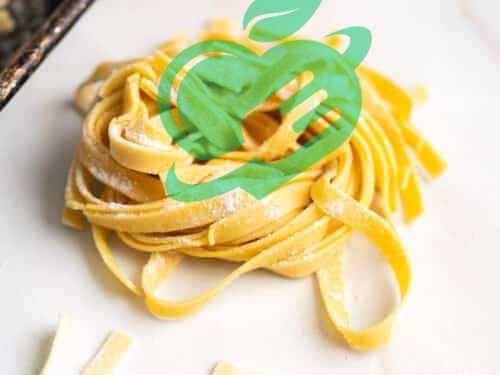
What is Gluten-Free Pasta?
Gluten-free pasta is a delicious alternative to traditional wheat-based pasta and provides a great option for those with gluten sensitivity or celiac disease. It is made from a variety of grains and legumes, ensuring it remains a staple in diets without compromising on taste or texture. There are several types of pasta available, including:
- Brown Rice Pasta: Made from whole-grain brown rice, it has a subtle nutty flavor and a chewy texture that mimics traditional pasta.
- Quinoa Pasta: Packed with nutrients, quinoa pasta is rich in protein and offers a unique flavor that pairs well with a variety of sauces.
- Chickpea Pasta: A fantastic source of protein and fiber, chickpea pasta is perfect for those looking to increase their nutrient intake while enjoying a filling meal.
Why Choose Gluten-Free Pasta?
Choosing gluten-free pasta isn’t just about dietary restrictions; it can also be a delicious endeavor to explore new tastes and textures. Many people who switch to gluten-free options find that it opens the door to endless culinary experiences. Here are a few reasons to consider it:
- Health Benefits: For those with celiac disease or gluten intolerance, gluten-free pasta is essential for avoiding uncomfortable symptoms while allowing for a satisfying meal.
- Variety of Flavors: Pasta comes in many varieties, each offering unique flavors and characteristics, thus enriching your dining experience.
- Dietary Flexibility: Incorporating gluten-free pasta can be an excellent way to diversify your diet, especially for individuals who may be experimenting with plant-based or healthier eating habits.
In short, pasta is a versatile and delicious option that not only meets specific dietary needs but also anyone looking to explore new flavors in cooking. It’s a win-win for both health and taste, making it an attractive option on the dinner table!

Health Benefits
One of the most important benefits of gluten-free pasta is its ability to support overall health, especially for individuals who are intolerant to gluten. According to many health professionals, following a gluten-free diet can lead to many health benefits, such as:
- Improved Digestive Health: For those with celiac disease or gluten sensitivity, consuming gluten-free pasta can alleviate symptoms like bloating, gas, and diarrhea. After making the switch, many individuals report feeling lighter and more comfortable after meals.
- Boosted Nutritional Intake: Gluten-free pasta is often made from whole grains or legumes, which can increase fibers and essential nutrients like protein, iron, and magnesium. For instance, chickpea pasta is packed with protein, making it a great choice for vegetarians and active individuals.
- Lower Inflammation: Some studies suggest that a gluten-free diet may help reduce inflammation levels in the body, potentially benefiting those with autoimmune conditions.
Making the switch to gluten-free options doesn’t mean sacrificing satisfaction. Many now enjoy gluten-free pasta not only for its health benefits but also for its great taste.
Dietary Considerations
When considering dietary considerations, gluten-free pasta offers flexibility and inclusivity. For families or gatherings, choosing it can make mealtime enjoyable for everyone, especially when you have guests with dietary restrictions. Here are some points to keep in mind:
- Allergen-Friendly: Gluten-free pasta is a safe choice for people with multiple food allergies. This is particularly useful when preparing meals for children or friends with various dietary needs.
- Dietary Diversity: Including gluten-free pasta in your diet introduces new grains and legumes, such as quinoa and lentils, which can enrich your meals. You might be surprised at how these alternatives can diversify your cooking options.
- Versatility: From comforting pasta dishes to refreshing salads, gluten-free pasta can be used in a variety of recipes that cater to different culinary preferences.
In conclusion, the health advantages and dietary considerations of gluten-free pasta make it a wholesome addition to the dining table, encouraging exploration and inclusivity in meals without compromising on flavor or satisfaction.
Read also; Purple Rice: Your Ticket to a Healthier Lifestyle
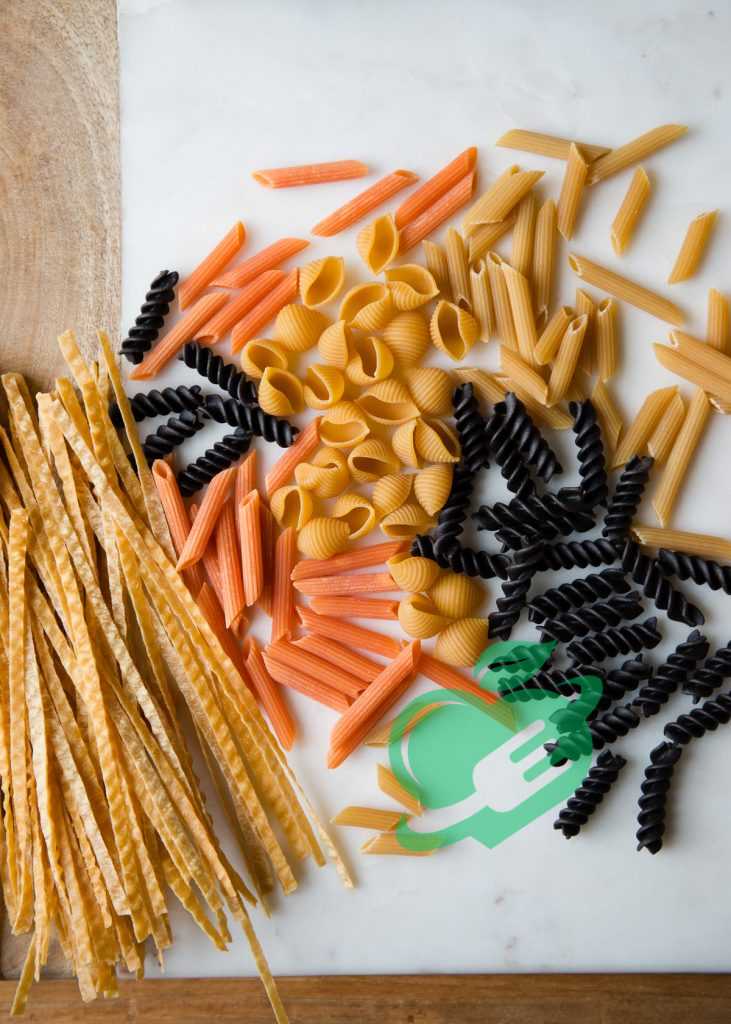
Types of Gluten-Free Pasta Options
When it comes to gluten-free pasta, the diversity of options available can be delightful and slightly overwhelming. Each type brings its unique texture and flavor profile, making it easier to find the perfect match for your favorite sauces and dishes. Let’s explore three popular gluten-free pasta options: brown rice pasta, quinoa pasta, and chickpea pasta.
Brown Rice Pasta
Brown rice pasta is one of the most common gluten-free options and is cherished for its mild flavor and chewy texture. This pasta is made from whole-grain brown rice, retaining a significant amount of dietary fiber and nutrients.
- Cooking Tips: When cooking brown rice pasta, be sure to boil it gently and avoid overcooking, as it can become mushy. A family favorite in our home is brown rice spaghetti served with a homemade marinara sauce–simple yet satisfying!
- Nutritional Benefits: This type of pasta is rich in magnesium and manganese, promoting bone health and energy metabolism.
Quinoa Pasta
Next up is quinoa pasta, a nutrient-dense option that packs a punch with its protein content. Quinoa is celebrated as a “superfood,” so it’s no surprise that its pasta derivative is gaining popularity.
- Flavor Profile: With a slightly nuttier flavor than traditional pasta, quinoa pasta pairs seamlessly with fresh vegetables and light oils.
- Cooking Tips: Quinoa pasta cooks quickly, so keep an eye on it to prevent it from becoming overly soft. A delightful summer dish in our kitchen is quinoa pasta tossed with roasted cherry tomatoes and basil for a refreshing light meal.
- Nutritional Benefits: Not only is it a complete protein, but quinoa pasta also contains essential amino acids and a wealth of antioxidants.
Chickpea Pasta
Chickpea pasta is another fantastic choice that is high in protein and fiber, making it a filling option for those looking to maintain their energy levels.
- Texture and Taste: It boasts a slightly firmer texture than other gluten-free pastas, making it a good candidate for hearty dishes. Chickpea pasta is delicious with a robust sauce, like a creamy Alfredo or a spicy arrabbiata.
- Cooking Notes: It can take a bit longer to cook, so always follow the instructions on the package. A staple in my home is chickpea penne with sautéed spinach and garlic—packed with nutrients and flavor!
In summary, each type of gluten-free pasta brings its unique benefits to the table. Whether you prefer the subtlety of brown rice, the richness of quinoa, or the heartiness of chickpeas, incorporating these options can lead to exciting new culinary adventures.
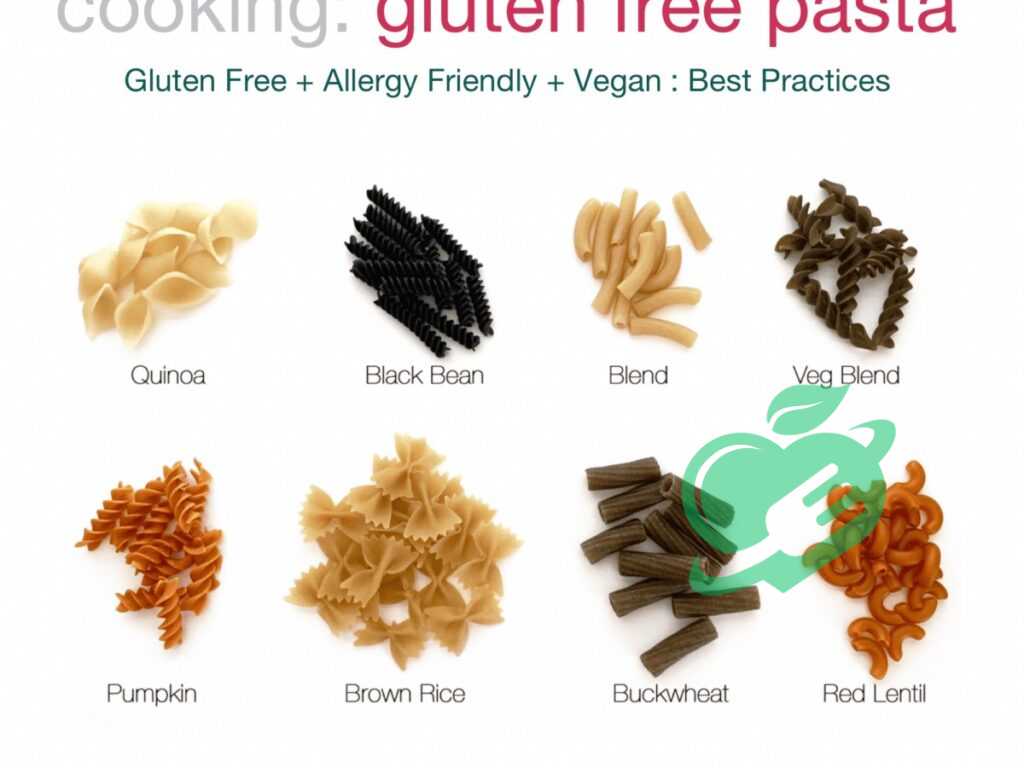
Cooking and Serving Gluten-Free Pasta
Once you’ve decided on the type of gluten-free pasta that suits your taste, the next step is to master the cooking and serving process. With a few handy tips, you can ensure your pasta turns out perfectly every time, allowing you to fully enjoy the delicious flavors and health benefits.
Cooking Tips
Cooking gluten-free pasta can differ from traditional pasta, so it’s essential to follow a few key guidelines for the best outcome:
- Use Plenty of Water: Just like with regular pasta, be sure to use a large pot of boiling water. This helps prevent the pasta from sticking together.
- Add Salt: Don’t forget to salt the water! This adds flavor to the pasta as it cooks, enhancing the overall taste of your dish.
- Follow Cooking Times: Gluten-free pasta often requires different cooking times than conventional pasta. It’s crucial to check the package for the recommended cooking time and taste test to achieve your desired texture.
- For example, chickpea pasta may take 7-10 minutes, while quinoa pasta often cooks in about 4-6 minutes.
- Rinse or Don’t Rinse?: Some gluten-free pasta benefit from rinsing after cooking, especially those made from rice or legumes. Rinsing can help remove excess starch and prevent clumping. However, for others like brown rice pasta, it’s usually unnecessary!
Serving Suggestions
Once your pasta is perfectly cooked, it’s time to serve! Here are some creative ideas to elevate your gluten-free meals:
- Pairing Sauce: Opt for sauce choices that complement the pasta type. For example, brown rice pasta pairs great with classic marinara or pesto, while chickpea pasta shines with hearty sauces like Alfredo or chunky vegetable mixes.
- Add Fresh Ingredients: Enhance your dishes by incorporating fresh vegetables, herbs, or proteins. Our family loves topping quinoa pasta with cherry tomatoes, spinach, and grilled chicken for a delicious one-dish meal.
- Pasta Salads: Gluten-free pasta can be a great base for refreshing salads. Consider making a pasta salad with lemon vinaigrette, cherry tomatoes, cucumbers, olives and fresh herbs, making it the perfect side dish or light lunch option!
By following these cooking tips and exploring various serving suggestions, you can effortlessly enjoy the delightful world of gluten-free pasta. The possibilities are truly endless, allowing for creativity at every meal.
Read also; Top 10 High Phosphorus Foods to Boost Your Health
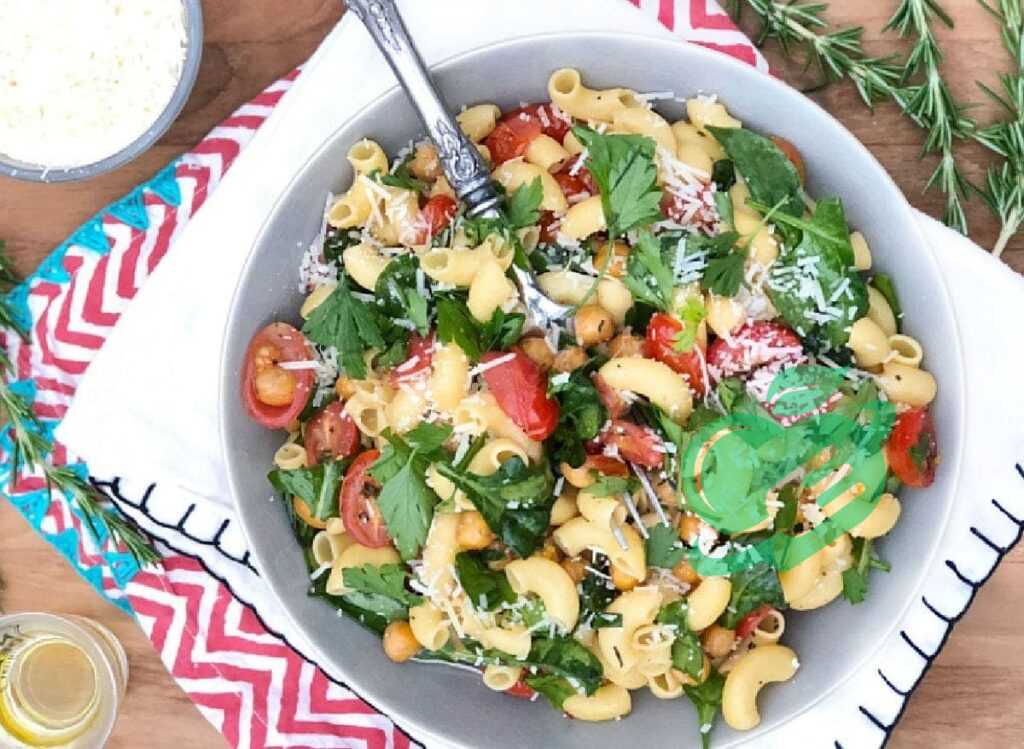
Gluten-Free Pasta Recipes
Now that you’ve mastered the art of cooking and serving gluten-free pasta, it’s time to put those skills to good use with some delicious recipes. Here are two favorites that are not only easy to prepare but will also impress your family and friends at the dinner table.
Creamy Garlic Parmesan Pasta
This creamy garlic Parmesan pasta is a comforting dish that captures rich flavors and creamy textures, making it a go-to option for a cozy night in. The best part? It can be ready in under 30 minutes! Ingredients:
- 8 oz gluten-free pasta (brown rice or chickpea work great)
- 1 cup heavy cream or a non-dairy alternative
- 1 cup grated Parmesan cheese
- 3 cloves garlic, minced
- Salt and pepper to taste
- Fresh parsley for garnish
Instructions:
- Cook the gluten-free pasta according to package instructions and set aside.
- In a skillet, heat a little olive oil over medium heat and sauté the minced garlic until fragrant (about 1-2 minutes).
- Pour in the heavy cream and stir until it begins to simmer.
- Add the Parmesan cheese, mixing until melted and creamy. Season with salt and pepper as desired.
- Toss in the cooked pasta, ensuring it’s well-coated with the sauce.
- Serve hot, garnished with fresh parsley.
This dish has become a family favorite—rich and satisfying without any guilt!
Lemon Basil Pasta Salad
Perfect for a light lunch or as a side dish at barbecues, this lemon basil pasta salad is refreshing and bursting with flavor. Ingredients:
- 8 oz gluten-free pasta (quinoa pasta works wonders)
- 1 cup cherry tomatoes, halved
- 1 cucumber, diced
- ½ red onion, finely chopped
- ¼ cup fresh basil, chopped
- Juice of 1 lemon
- 3 tbsp olive oil
- Salt and pepper to taste
Instructions:
- Cook the gluten-free pasta as per package instructions and allow to cool.
- In a large bowl, combine the cooked pasta, cherry tomatoes, cucumber, red onion, and basil.
- In a separate bowl, whisk together the lemon juice, olive oil, salt, and pepper.
- Pour the dressing over the pasta and toss until everything is well combined.
- Chill for 30 minutes before serving for a refreshing taste.
This salad is not only delicious but also a vibrant addition to any meal, making it a favorite in our household during warm months. These gluten-free pasta recipes open up a world of culinary creativity, showcasing how versatile and enjoyable gluten-free options can be! Enjoy experimenting with these flavors in your kitchen!
Read also: Satisfy Your Cravings: 20 Healthy Snacks That Won’t Sabotage Your Diet
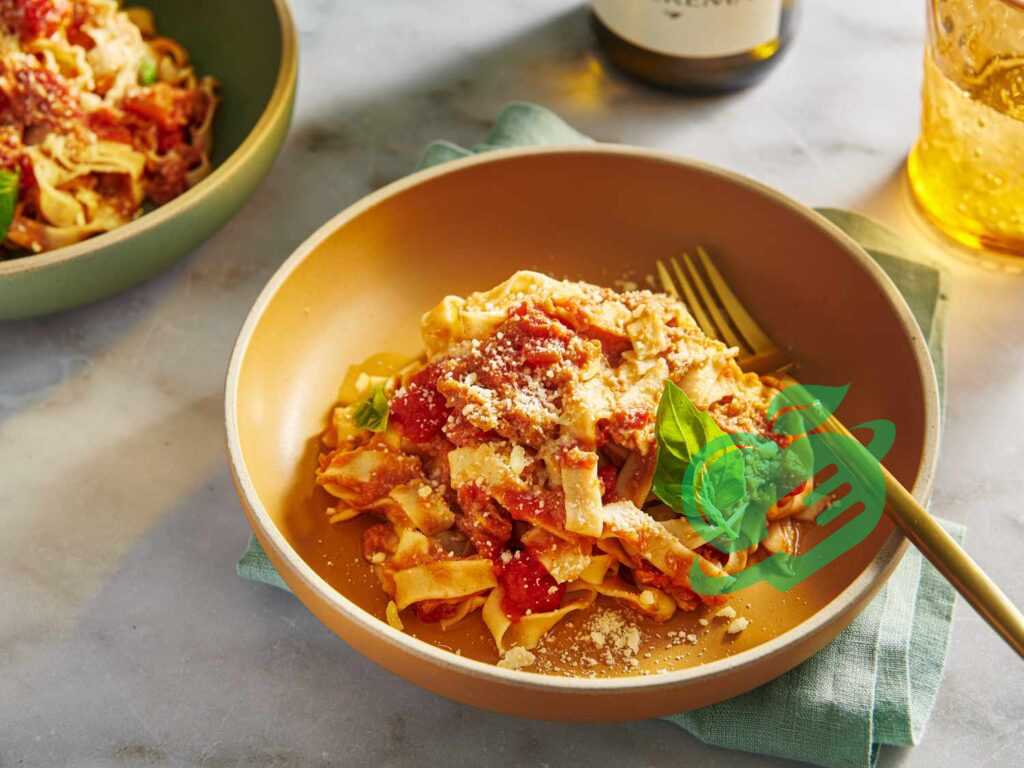
Buying Guide for Gluten-Free Pasta
Now that you’re ready to cook up some delicious gluten-free dishes, knowing how to buy pasta will ensure you make informed choices that suit your favorite flavors and dietary needs. Here are some helpful shopping tips, along with popular brands to consider.
Shopping Tips
When navigating the gluten-free pasta aisle, keep these tips in mind to help you select the best options for your pantry:
- Read Labels Carefully: Always check the labels to confirm that the product is certified gluten-free. Look for the gluten-free symbol to ensure it meets safety standards.
- Consider Ingredients: Review the ingredients list to avoid additives or preservatives. Aim to choose pasta made from whole grains or legumes for added nutrition.
- Check Cooking Instructions: Cooking times for gluten-free pasta can vary significantly from traditional pasta. Make sure to take note of the recommended cooking times to achieve the best texture.
- Experiment with Different Types: Don’t hesitate to try various gluten-free pasta types like brown rice, quinoa, or chickpea pasta. Each type offers a different taste and texture that can enhance your meals.
- Buy in Bulk: If you find a brand or type of gluten-free pasta you love, consider purchasing it in bulk. It often saves money and ensures you always have some on hand for quick meals.
Popular Brands to Consider
While exploring your options, here are a few well-regarded brands that consistently deliver quality gluten-free pasta:
- Barilla: Known for its traditional pasta products, Barilla also offers a gluten-free range that includes pasta made from corn and rice. Everyone’s favorite is their spaghetti!
- Banza: This brand specializes in chickpea pasta, offering a high-protein, gluten-free alternative that is both nutritious and delicious.
- Lundberg: Lundberg’s brown rice pasta is a perfect choice for those seeking a hearty option. Their commitment to organic ingredients is a bonus.
- Tinkiyada: A popular choice for rice pasta, Tinkiyada offers a diverse range of shapes and sizes, perfect for various lunch and dinner recipes.
- Explore Cuisine: They provide a selection of pasta made from plant-based ingredients like lentils and edamame, rich in protein and fiber for health-conscious eaters.
With these thorough shopping tips and trustworthy brands in mind, you’re ready to make informed choices as you stock your kitchen with the best gluten-free pasta options available. Your culinary adventures await!
Read also: Delicious Avocado Egg Salad in 10 Minutes

Frequently Asked Questions about Gluten-Free Pasta
On your pasta exploration journey, you may have some questions running through your mind. Whether you’re new to eating gluten-free or just curious, here are answers to some common questions that will guide your purchasing and cooking decisions.
Are all gluten-free pastas healthy?
The healthiness of gluten-free pasta can vary widely, depending on the ingredients used. Here are some points to consider:
- Ingredients Matter: While gluten-free pasta can be made from nutritious whole grains, legumes, or vegetables, others may contain refined flours that are lower in fiber and nutrients. Always check the label for fiber content and ingredient quality.
- Nutritional Value: Options like chickpea or lentil pasta are often higher in protein and fiber compared to traditional pasta, contributing to a more balanced meal.
- Watch Out for Additives: Some gluten-free pasta may contain additives or preservatives for texture or taste. Aim to choose brands with minimal ingredients for better health benefits.
In my experience, switching to gluten-free pasta pushed me to explore new ingredients and creative recipes that are just as healthy—sometimes even more so—than their traditional counterparts!
Can I substitute regular pasta with gluten-free pasta?
Absolutely! Substituting regular pasta with gluten-free pasta is easier than you might think. However, here are some tips to consider:
- Cooking Adjustments: Gluten-free pasta often requires different cooking times or amounts of water compared to traditional pasta. Be sure to check package instructions for the best results.
- Flavor Pairings: Certain gluten-free pastas pair better with specific sauces. For instance, chickpea pasta has a more robust flavor that works wonderfully with hearty sauces, while brown rice pasta is versatile enough for lighter dressings.
- Texture Differences: Keep in mind that the texture of gluten-free pasta may vary. It can be a bit denser or chewier than traditional pasta, which could alter the dish’s overall mouthfeel.
Does gluten-free pasta taste different?
Which gluten-free pasta has the closest taste to traditional pasta? Gluten-free pasta cannot replicate the exact flavor of pasta made from wheat flour, as the different flours used impart unique tastes. For instance, gluten-free pasta made from chickpea or red lentil flour has a nuttier and earthier flavor compared to that made with rice flour. 1
Can you eat pasta if you’re gluten-free?
If you have coeliac disease, avoid consuming the following foods unless they are specifically labeled gluten-free: bread, pasta, and cereals. 2
Does rice contain gluten?
Rice is typically free of gluten unless it is combined with or processed alongside other gluten-containing products, or if it has been contaminated by equipment used for gluten processing. Individuals may follow a gluten-free diet due to conditions such as celiac disease, a wheat allergy, or non-celiac gluten sensitivity. 3
How to remove gluten from pasta?
Rice is typically free of gluten unless it has been blended or processed with gluten-containing ingredients or contaminated through equipment that handles gluten products. Individuals may opt for a gluten-free diet due to celiac disease, a wheat allergy, or non-celiac gluten sensitivity. 4
What happens when you stop eating gluten?
There is no scientific proof that individuals experience “withdrawal” symptoms upon eliminating gluten from their diets. However, some people have reported feelings of dizziness, nausea, intense hunger, and even anxiety and depression after abruptly transitioning from a high-gluten diet to a gluten-free one. 5
Which pasta has the lowest gluten?
Pasta crafted from non-wheat flours like rice, corn, chickpea, quinoa, soybean, or a blend of these flours has the least gluten content. In reality, these types of pasta are frequently nearly or completely gluten-free.6
When I first made the switch, I experimented by substituting my favorite spaghetti bolognese with gluten-free pasta, and the result was surprisingly satisfying! With careful consideration, you can seamlessly incorporate gluten-free options into your meals. With these questions answered you’re now equipped with the knowledge to navigate gluten-free pasta with confidence. Enjoy exploring all the possibilities!
Read also: How to Make Hearty Barley Beef Soup at Home
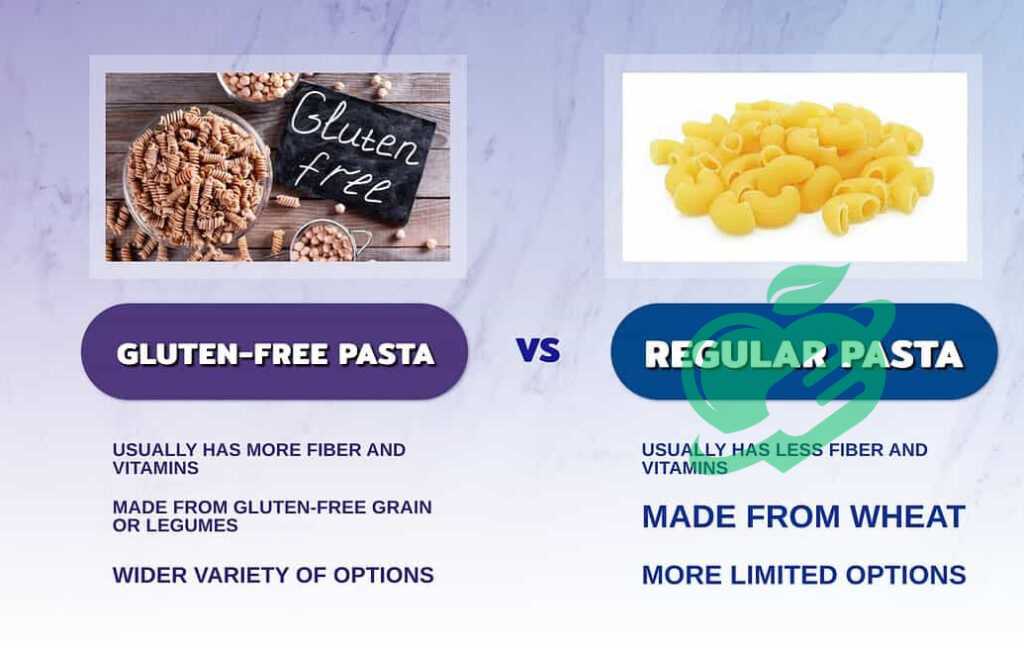
Recap of Benefits
Gluten-free pasta serves as a fantastic alternative to traditional pasta for many individuals. Here’s a quick recap of its benefits:
- Health-Friendly: It provides a necessary option for those with gluten sensitivities or celiac disease, leading to improved digestive health and overall well-being.
- Nutritional Diversity: Gluten-free pasta is often made from whole grains or legumes, increasing your meals’ fiber, protein, and essential nutrient content.
- Variety and Flavor: With different types available such as brown rice, quinoa, and chickpea pasta, there is room for creativity in the kitchen. Each kind brings unique flavors and textures to various dishes.
Final Recommendations
As you embark on your gluten-free pasta adventure, here are my final recommendations:
- Experiment with Types: Don’t hesitate to try various gluten-free pastas to discover your favorites. You might be surprised by how much you enjoy chickpea or quinoa pasta!
- Cook with Care: Pay attention to cooking instructions for the best texture. A little patience can go a long way in achieving a perfect dish.
- Pair Wisely: Think about which sauces and ingredients complement your chosen pasta, enhancing flavor and nutrition.
Your body is a mirror of what you eat, so make your food your source of strength and health. Choose with love and awareness what nourishes your body and soul, and be a friend of nature and its colors on your plate, because proper nutrition is the key to a life full of energy and wellness. Follow us constantly, as we strive to provide more useful articles and reliable information that make a difference in your daily life and help you achieve your health goals.
For medical matters

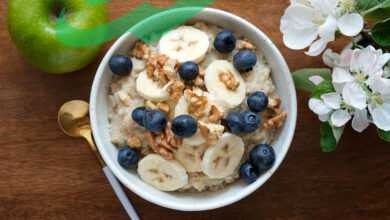
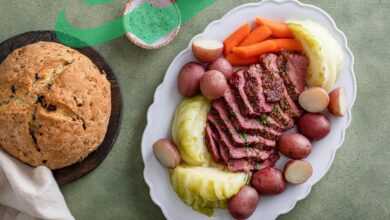
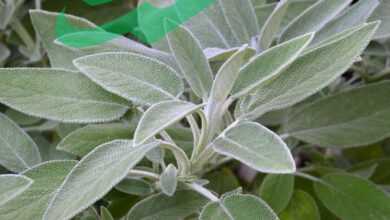
Your article helped me a lot, is there any more related content? Thanks!